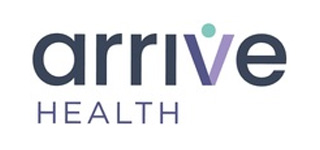For many years, staff and clinicians at the Hospital for Special Surgery in Manhattan have used pagers to communicate. But over time the limitations of pagers became clear, said Nick Wirth, director of operational excellence at the facility.
Because pagers from three different companies were being used, communications often were dropped, adds Wirth, speaking at a presentation during the HIMSS18 conference and exhibition.
“How did we know if the person got the page? Was the page urgent? We had a lot of dead spots. There was no rhyme or reason. We needed a single standardized communication platform,” he says.
The hospital has a high volume of patients and shrinking lengths of stay, and it had become critical to have a reliable enterprisewide strategy supported with modern information technologies that included a communications platform from PerfectServe, as well as a new electronic health record system in 2016 from Epic. When the EHR went live, the organization pilot tested best practices with groups of small physician practices using standardized workflows across departments.
Next came a project to improve clinician communications with the goal of centralizing all calls and covering assignments on the PerfectServe platform. This enabled providers to assign patients and direct them to the provider who would be responsible for their care throughout the treatment plan.
After physicians were on the platform, other caregivers and support personnel were added, such as an interpreter, case manager or nutritionist; as well as housecleaning staff, information technology professionals and department administrators.
The platform today supports 3,400 staff, 700 of whom use personal mobile devices. With improved communication via the platform, the response time for moving a patient from the post-anesthesia care unit to an inpatient floor improved—now, 90 percent of moves are completed in less than 15 minutes, Wirth says.
Other improvements achieved with the communications platform include sepsis alerts being escalated every minute until a doctor responds, and rapid response wait times of less than two minutes when a patient’s clinical condition is deteriorating.
“Before the platform was adopted, we just didn’t know what the response times were,” said Peter Grimaldi, assistant vice president of the physician assistant department and a care coordinator.
Another initiative at the Hospital for Special Surgery was to improve surgery start times, giving physicians a more accurate schedule and reducing backups. This is important not just for clinical and patient comfort reasons, but because patients stay in the hospital after surgery a fraction of the time that they used to, Grimaldi notes, adding that, “The average length of stay is not measured in days now but in hours.
The platform also gives visibility into new issues that it helps identify. For instance, there was an unexplained spike in text messaging from a clinician group with no obvious reason. An analysis showed that the surge in volume was impacting handoffs of care because the earlier group of doctors left the handoff task to the new shift of doctors coming on board and they were trying to coordinate tasks.



